-
 bitcoin
bitcoin $114320.977035 USD
-0.40% -
 ethereum
ethereum $4152.439985 USD
-1.75% -
 tether
tether $1.000111 USD
-0.04% -
 xrp
xrp $2.843037 USD
-1.63% -
 bnb
bnb $1013.349380 USD
-1.62% -
 solana
solana $208.362767 USD
-2.10% -
 usd-coin
usd-coin $0.999783 USD
0.00% -
 dogecoin
dogecoin $0.232559 USD
-1.00% -
 tron
tron $0.333491 USD
-1.09% -
 cardano
cardano $0.806310 USD
0.19% -
 hyperliquid
hyperliquid $45.023720 USD
-1.59% -
 ethena-usde
ethena-usde $1.000819 USD
-0.06% -
 chainlink
chainlink $21.241249 USD
-2.11% -
 avalanche
avalanche $30.035416 USD
-0.66% -
 stellar
stellar $0.364984 USD
-2.05%
How to combine MFI with the volume moving average? Is MFI accurate when the volume changes?
Combining MFI and VMA helps traders spot trends and opportunities by analyzing price momentum and volume, enhancing decision-making in trading.
May 22, 2025 at 03:43 pm
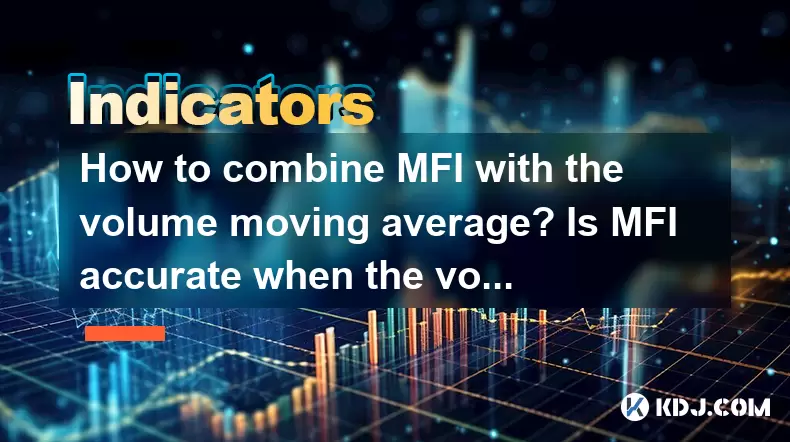
Combining the Money Flow Index (MFI) with the Volume Moving Average (VMA) can provide traders with a more comprehensive view of market trends and potential trading opportunities. The MFI is a momentum indicator that measures the inflow and outflow of money into a security over a specific period, while the VMA helps smooth out volume data to identify trends in trading activity. By integrating these two indicators, traders can gain insights into both price momentum and volume trends, enhancing their decision-making process.
Understanding the Money Flow Index (MFI)
The Money Flow Index (MFI) is an oscillator that ranges from 0 to 100 and is used to gauge the buying and selling pressure of a security. It is calculated based on the typical price and volume of a security. The formula for MFI involves several steps:
- Calculate the Typical Price: (High + Low + Close) / 3
- Determine the Raw Money Flow: Typical Price x Volume
- Classify the Raw Money Flow as Positive or Negative based on whether the Typical Price is higher or lower than the previous period's Typical Price.
- Calculate the Money Ratio: Sum of Positive Money Flow / Sum of Negative Money Flow
- Compute the MFI: 100 - (100 / (1 + Money Ratio))
The MFI is typically considered overbought when it exceeds 80 and oversold when it falls below 20. Traders often look for divergences between the MFI and the price action to identify potential reversals.
Understanding the Volume Moving Average (VMA)
The Volume Moving Average (VMA) is a technical indicator that smooths out volume data over a specified period. It helps traders understand the average volume of a security and can be used to identify trends in trading activity. The VMA is calculated by taking the average volume over a chosen period, typically 20 or 50 days.
To calculate the VMA:
- Sum the volume for the chosen period.
- Divide the sum by the number of periods.
The VMA can be used to confirm trends identified by other indicators. If the VMA is rising, it suggests increasing interest in the security, while a falling VMA indicates decreasing interest.
Combining MFI and VMA
To combine MFI with VMA, traders can follow these steps:
- Calculate the MFI for the chosen period, typically 14 days.
- Calculate the VMA for the same period or a different period depending on the trader's preference.
- Plot both indicators on the same chart to visually assess their relationship.
When using MFI and VMA together, traders can look for the following signals:
- Confirmation of Trends: If the MFI is rising and the VMA is also increasing, it suggests strong buying pressure and a potential bullish trend. Conversely, if both indicators are falling, it indicates strong selling pressure and a potential bearish trend.
- Divergence: If the MFI shows a divergence from the price action, and the VMA confirms the divergence by showing a similar trend, it can be a strong signal of an impending reversal.
- Overbought/Oversold Conditions: If the MFI is in overbought territory (above 80) and the VMA is declining, it may suggest that the buying pressure is weakening, and a price correction could be imminent. Similarly, if the MFI is in oversold territory (below 20) and the VMA is rising, it may indicate that the selling pressure is diminishing, and a price rebound could be on the horizon.
Is MFI Accurate When the Volume Changes?
The accuracy of the MFI can be affected by changes in volume, as volume is a key component of the MFI calculation. Here's how volume changes impact the MFI:
- Increased Volume: When volume increases, the MFI can become more sensitive to price movements. A sudden spike in volume can lead to a rapid change in the MFI, potentially causing false signals if not interpreted correctly.
- Decreased Volume: When volume decreases, the MFI may become less responsive to price movements. This can result in the MFI remaining in overbought or oversold territory for longer periods, potentially leading to missed opportunities or false signals.
To mitigate the impact of volume changes on the MFI, traders can:
- Use a longer period for calculating the MFI to smooth out short-term fluctuations in volume.
- Combine the MFI with other indicators, such as the VMA, to confirm signals and reduce the likelihood of false positives.
- Monitor volume trends separately to understand the context of MFI readings. If volume is consistently high or low, it can provide additional insights into the strength of the MFI signals.
Practical Example of Combining MFI and VMA
Let's consider a practical example of how to use MFI and VMA together in a trading strategy:
- Choose a Cryptocurrency: For this example, let's use Bitcoin (BTC).
- Set the Periods: Calculate the MFI using a 14-day period and the VMA using a 20-day period.
- Plot the Indicators: Plot both the MFI and VMA on the same chart for BTC.
Now, let's analyze the chart:
- Bullish Scenario: If the MFI is rising above 50 and the VMA is also increasing, it suggests strong buying pressure and a potential bullish trend. Traders might consider entering a long position.
- Bearish Scenario: If the MFI is falling below 50 and the VMA is also decreasing, it indicates strong selling pressure and a potential bearish trend. Traders might consider entering a short position.
- Divergence Scenario: If the price of BTC is making higher highs, but the MFI is making lower highs, and the VMA is also declining, it suggests a bearish divergence. Traders might consider exiting long positions or entering short positions.
- Overbought/Oversold Scenario: If the MFI is above 80 and the VMA is declining, it suggests that the buying pressure is weakening. Traders might consider taking profits on long positions. Conversely, if the MFI is below 20 and the VMA is rising, it indicates that the selling pressure is diminishing. Traders might consider entering long positions.
Frequently Asked Questions
Q: Can the MFI be used as a standalone indicator for trading decisions?A: While the MFI can provide valuable insights into buying and selling pressure, it is generally more effective when used in conjunction with other indicators, such as the VMA. Relying solely on the MFI may lead to false signals, especially in volatile markets.
Q: How often should the MFI and VMA be recalculated?A: The frequency of recalculating the MFI and VMA depends on the trading timeframe. For short-term traders, daily recalculations may be necessary, while long-term investors might recalculate weekly or monthly. It's important to align the recalculation frequency with the trading strategy.
Q: Are there any cryptocurrencies where the MFI and VMA combination is particularly effective?A: The effectiveness of the MFI and VMA combination can vary across different cryptocurrencies. Generally, it tends to be more reliable for cryptocurrencies with higher liquidity and trading volume, such as Bitcoin and Ethereum. For less liquid cryptocurrencies, the signals may be less reliable due to larger price and volume fluctuations.
Q: Can the MFI and VMA be used for any trading timeframe?A: Yes, the MFI and VMA can be used across various trading timeframes, from intraday trading to long-term investing. However, the chosen period for calculating these indicators should be adjusted based on the trading timeframe to ensure they are relevant and effective.
Disclaimer:info@kdj.com
The information provided is not trading advice. kdj.com does not assume any responsibility for any investments made based on the information provided in this article. Cryptocurrencies are highly volatile and it is highly recommended that you invest with caution after thorough research!
If you believe that the content used on this website infringes your copyright, please contact us immediately (info@kdj.com) and we will delete it promptly.
- BlockDAG, DOGE, HYPE Sponsorship: Crypto Trends Shaping 2025
- 2025-10-01 00:25:13
- Deutsche Börse and Circle: A StableCoin Adoption Powerhouse in Europe
- 2025-10-01 00:25:13
- BlockDAG's Presale Buzz: Is It the Crypto to Watch in October 2025?
- 2025-10-01 00:30:13
- Bitcoin, Crypto, and IQ: When Genius Meets Digital Gold?
- 2025-10-01 00:30:13
- Stablecoins, American Innovation, and Wallet Tokens: The Next Frontier
- 2025-10-01 00:35:12
- NBU, Coins, and Crypto in Ukraine: A New Yorker's Take
- 2025-10-01 00:45:14
Related knowledge
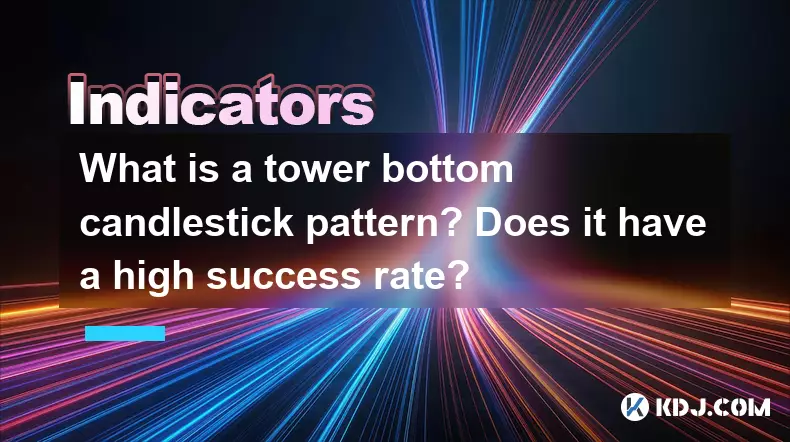
What is a tower bottom candlestick pattern? Does it have a high success rate?
Sep 22,2025 at 07:18am
Tower Bottom Candlestick Pattern Explained1. The tower bottom candlestick pattern is a reversal formation that typically appears at the end of a downt...
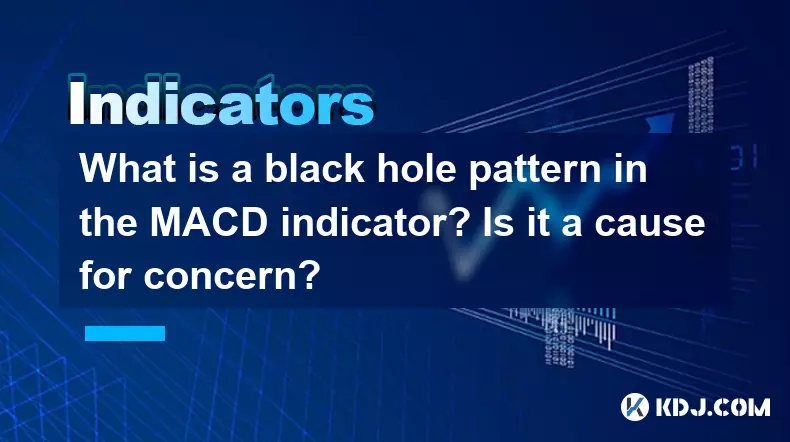
What is a black hole pattern in the MACD indicator? Is it a cause for concern?
Sep 21,2025 at 06:54pm
Bitcoin's Role in Decentralized Finance1. Bitcoin remains the cornerstone of decentralized finance, serving as a benchmark for value and security acro...

How can I use the psychological line (PSY) to determine market sentiment?
Sep 17,2025 at 02:19pm
Understanding the Psychological Line (PSY) in Cryptocurrency TradingThe Psychological Line, commonly referred to as PSY, is a momentum oscillator used...
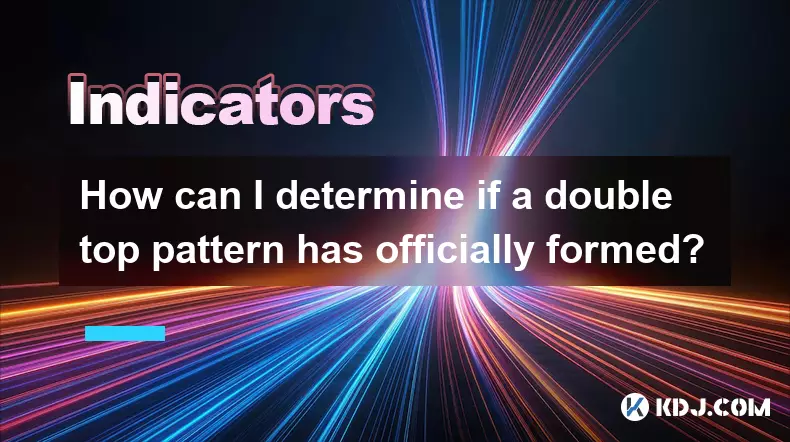
How can I determine if a double top pattern has officially formed?
Sep 21,2025 at 03:18am
Understanding the Structure of a Double Top Pattern1. A double top pattern consists of two distinct peaks that reach approximately the same price leve...
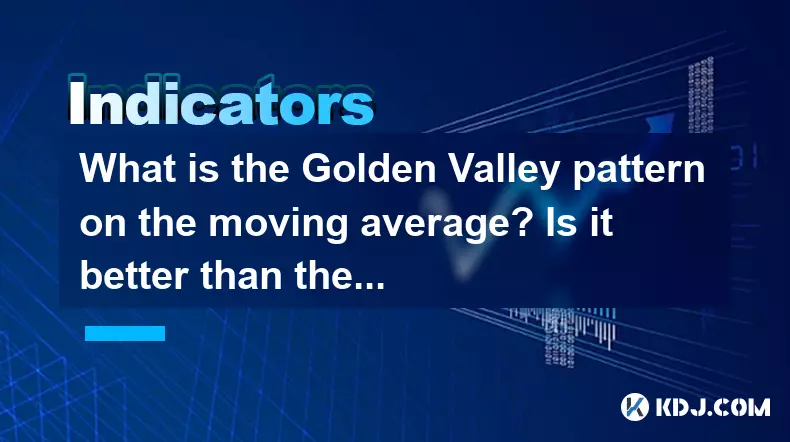
What is the Golden Valley pattern on the moving average? Is it better than the Silver Valley pattern?
Sep 21,2025 at 02:54pm
Understanding the Golden Valley Pattern in Moving Averages1. The Golden Valley pattern is a technical formation observed in cryptocurrency price chart...

What does a death cross of the RSI in the strong zone (above 50) mean?
Sep 17,2025 at 10:54pm
Understanding the Death Cross in RSI Context1. The term 'death cross' is traditionally associated with moving averages, where a short-term average cro...

What is a tower bottom candlestick pattern? Does it have a high success rate?
Sep 22,2025 at 07:18am
Tower Bottom Candlestick Pattern Explained1. The tower bottom candlestick pattern is a reversal formation that typically appears at the end of a downt...

What is a black hole pattern in the MACD indicator? Is it a cause for concern?
Sep 21,2025 at 06:54pm
Bitcoin's Role in Decentralized Finance1. Bitcoin remains the cornerstone of decentralized finance, serving as a benchmark for value and security acro...

How can I use the psychological line (PSY) to determine market sentiment?
Sep 17,2025 at 02:19pm
Understanding the Psychological Line (PSY) in Cryptocurrency TradingThe Psychological Line, commonly referred to as PSY, is a momentum oscillator used...

How can I determine if a double top pattern has officially formed?
Sep 21,2025 at 03:18am
Understanding the Structure of a Double Top Pattern1. A double top pattern consists of two distinct peaks that reach approximately the same price leve...

What is the Golden Valley pattern on the moving average? Is it better than the Silver Valley pattern?
Sep 21,2025 at 02:54pm
Understanding the Golden Valley Pattern in Moving Averages1. The Golden Valley pattern is a technical formation observed in cryptocurrency price chart...

What does a death cross of the RSI in the strong zone (above 50) mean?
Sep 17,2025 at 10:54pm
Understanding the Death Cross in RSI Context1. The term 'death cross' is traditionally associated with moving averages, where a short-term average cro...
See all articles










































































